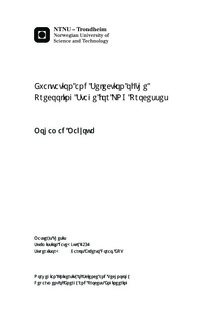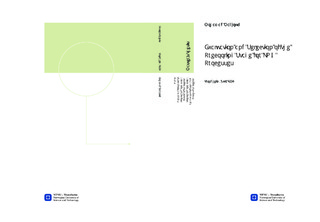| dc.description.abstract | As the worldwide energy consumption continues to grow, natural gas and especially LNG are expected to keep contributing significantly with this growth. More than 95% of the installed LNG facilities use a precooling cycle as the first stage of the liquefaction process. In this work, a technical comparison between different precooling cycles for LNG processes is carried out through computational simulations using Aspen HYSYS®. The aim is to provide future project developments with a clear idea of the technical advantages/disadvantages involved in the selection of the process for the precooling cycle in LNG processes. The precooling circuit is treated as a stand-alone cycle first and then implemented in an entire liquefaction process; the propane precooled mixed refrigerant (C3MR) and the mixed fluid cascade (MFC®) processes are used for this purpose. The parameters studied are essentially coefficient of performance (β), heat exchanger UA value, compressor power, suction volumetric flow and pressure ratio. Two cases, cold (6 °C) and warm (25 °C) climate conditions are considered for each study.A three stage propane precooled process was found to be the most energetically efficient among the studied cases, even better than a two stage mixed refrigerant process (C2/C3) for both climate conditions; however, the performance in terms of energy consumption is not the only parameter taken into account and therefore a selection chart is provided. Under warm climate conditions a propane precooling circuit showed to be the most recommended process. For cold climates, however, a two stage mixed refrigerant cycle reaching ca. -50 °C is the preferred alternative, since in this case the low ambient temperature gives the propane precooled process a low share in the entire process. Other cases, such as a single stage mixed refrigerant cycle and a mixed refrigerant including n-Butane are taken into account. Based on the obtained results, a new, highly efficient configuration for natural gas liquefaction has been suggested, it is to be implemented in relatively warm climate conditions. It consists of a MFC® process with modifications in the liquefaction cycle and a propane precooling instead of the mixed refrigerant circuit; no previous reference in the open literature was found for such arrangement. | nb_NO |

